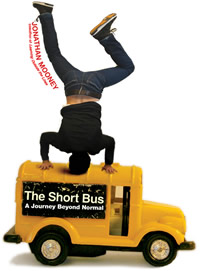
Admit it — you see a short bus and you pretty much think you know the kind of kid who is riding in it. Jonathan Mooney is not your average short bus rider though — wait — maybe he is. As a child, Mooney, an Ivy League university graduate, was diagnosed as dyslexic and labeled a severely learning disabled student. As he grew up, he was taunted and teased, made to feel inferior and inadequate by teachers and school administrators, and struggled with his identity and with where he fit in.
Now an adult and still processing the childhood experiences in which he heard, directly or indirectly, again and again, that he wasn’t normal, Mooney decided to take a road trip — on the short bus, of course — to meet fellow children and adults negotiating similar terrain. He has chronicled his experiences in The Short Bus: A Journey Beyond Normal.
In this cross-country jaunt, Mooney’s book goes beyond memoir/travelogue to include brief asides on the history and the current use of various labels. In the process, he explores what it means to be normal, to be different, and to fit in with our culture and our society.
To Mooney, even a label as innocuous-sounding as “learning disabled” is fraught with unspoken meaning and judgment, the impact of which might not be realized by many people: “The label ‘learning disabled’ may seem minor in a world full of labels, but in the context of normalcy and self-acceptance, it matters deeply. A kid who on every other level appears normal and could pass for normal is pulled out of the crowd and told, in essence, that he isn’t right, isn’t like everyone else.” It’s this message — which sets a child up for a pattern of failing to meet the cognitive expectations of the education system — that has long-lasting repercussions.
In Mooney’s opinion, placing the blame for shortcomings in academic achievement squarely on the shoulders of children and their parents deflects attention away from shortcomings in the accepted standard of intelligence and learning. Medicalizing variations in learning styles and abilities shunts parents’ attention to their child’s neurological defect or deficiency instead of allowing them to see the big picture: that perhaps the problem isn’t with their kid, but with the way our culture views intelligence.
Focusing on de facto case studies of a diverse group of people with cognitive differences, Mooney’s day-in-the-life observations are compassionate yet brutally honest — with himself and with his reader. He cuts himself no slack in admitting his own discomfort during his first impressions of Ashley, a deaf and blind child. He wonders at her ability to learn, believing that ability to be one of the primary criteria for defining what it means to be a valuable person, and finds she exceeds his expectations in more ways than one.
From troubled children whose educational needs are not being met by the school system, to adults who’ve never received a formal diagnosis of any kind but who live life according to their own rules, The Short Bus offers readers a close-up of how students and adults labeled as learning disabled assert their own identities beyond established societal expectations. For example, Mooney meets up with his old friend Kent, who was labeled as having attention-deficit hyperactivity disorder (ADHD) but who managed to do a 24-hour comedy routine. This leads Mooney to ask the question: If the guy has no attention span, how could he do anything for 24 straight hours? Wouldn’t that indeed require a great deal of concentration and attention?
Mooney, also the coauthor of Learning Outside the Lines (Fireside, 2000), loses his narrative focus a bit about three-quarters of the way through the book, when he arrives in the Nevada desert for the annual Burning Man Festival: “Here, I thought, I would let go of these old selves. But first, I had to experience being someone new, living without regard to the norms, for the next five days.”
But even in a place like Burning Man, there are norms; even in a society without rules, the community still self-organizes into a place with cliques and “cool kids,” much to Mooney’s surprise. “I felt increasingly desperate to fit in at Burning Man and it showed.” Mooney gets a Mohawk haircut and finds out what millions of women already know: A new haircut really amounts to no more than a new haircut; no matter how good it looks (or doesn’t look), you’re still the same person walking out of the salon that you were walking in.
“I had traveled all this way, only to find myself at the end of the tunnel, no different.” This one statement risks undoing all Mooney has done in his book up to that point — his rejection of the standard of normalcy, his advocacy that our culture increase its tolerance and understanding of cognitive differences and abilities. Here, Mooney is showing that he’s just as preoccupied with being normal as anyone else is — which is, ironically, totally normal.
The final stops on his short bus journey bring Mooney back full circle, helping him learn to expand his definition of normal, as his Uncle Bill put it, and leading him to affirm his identity as a short bus rider, on his own terms, once and for all. In the process, he leads readers to re-examine how they think of people with diverse abilities and the way we, as a society, treat them and allow them to be treated.
Mooney’s writing style is affable and easy, and pulls no punches, even when events paint him in a not-so-flattering light. His persuasive arguments prompt self-examination in the reader, and support new ways of thinking beyond the traditional education/intelligence standard. While I found the ending to be a bit flat, overall, The Short Bus: A Journey Beyond Normal is a powerful book that offers readers a road map for exploring our culture’s preconceived notions about abilities and labels.
- Follow us on Twitter: @inthefray
- Comment on stories or like us on Facebook
- Subscribe to our free email newsletter
- Send us your writing, photography, or artwork
- Republish our Creative Commons-licensed content


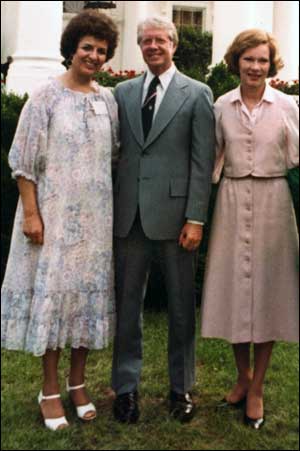
 Activist Lupe Anguiano reflects on a life spent fighting for equality.
Activist Lupe Anguiano reflects on a life spent fighting for equality. 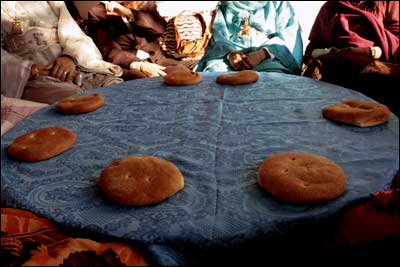

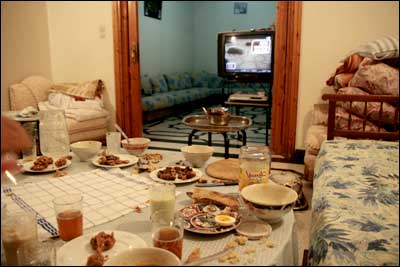
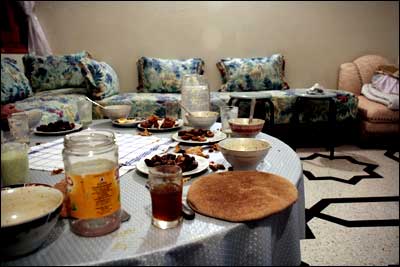
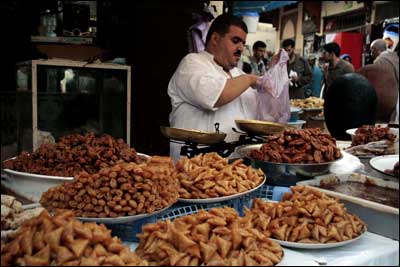

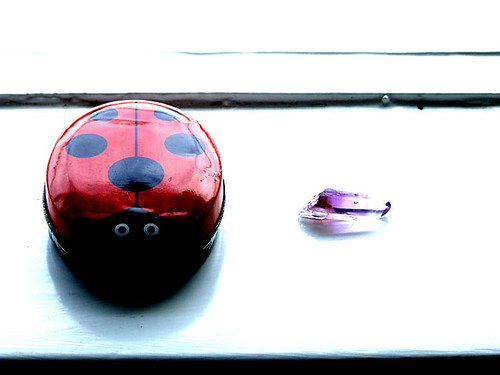
 Like so many true artists, despite all her faults, she was greater than life. During her last years on this planet, she lost the connection with her creative muse. She withdrew further into her disease and self-destructive patterns. She told no one how ill she was as she dealt with lung cancer on her own in another country: no drugs, no operations, no hospitals. She was doing this death battle as was done in the old days: She knew her time on this planet was coming to an end, and she didn’t fight it. She didn’t want to change anything.
Like so many true artists, despite all her faults, she was greater than life. During her last years on this planet, she lost the connection with her creative muse. She withdrew further into her disease and self-destructive patterns. She told no one how ill she was as she dealt with lung cancer on her own in another country: no drugs, no operations, no hospitals. She was doing this death battle as was done in the old days: She knew her time on this planet was coming to an end, and she didn’t fight it. She didn’t want to change anything.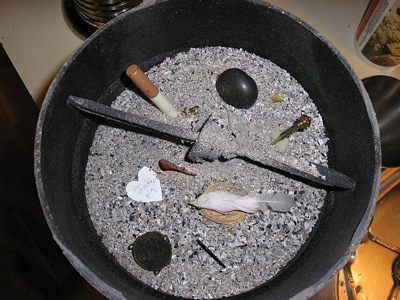 My brother and I had to leave Denmark before the remains of my mother would be transformed into ashes. We were told we could have the urn with her ashes sent to us. My mother had a boyfriend; they had managed to stick together, based on resentment, for a long time. Perhaps they loved each other, but they had a strange and destructive way of showing it to each other. The boyfriend didn’t want to have a wake for my mother, nor did he want to take part in her funeral in Iceland. He decided to save some money on the shipment of my mother’s ashes. Instead of sending her remains the way they are usually are sent — via plane in a sturdy, solid box — he sent my mother’s remains the inexpensive way: via regular mail. He placed the box with the urn inside a bigger box, and wrapped some newspapers around it. When the ashes arrived, the contents of the box rattled a bit.
My brother and I had to leave Denmark before the remains of my mother would be transformed into ashes. We were told we could have the urn with her ashes sent to us. My mother had a boyfriend; they had managed to stick together, based on resentment, for a long time. Perhaps they loved each other, but they had a strange and destructive way of showing it to each other. The boyfriend didn’t want to have a wake for my mother, nor did he want to take part in her funeral in Iceland. He decided to save some money on the shipment of my mother’s ashes. Instead of sending her remains the way they are usually are sent — via plane in a sturdy, solid box — he sent my mother’s remains the inexpensive way: via regular mail. He placed the box with the urn inside a bigger box, and wrapped some newspapers around it. When the ashes arrived, the contents of the box rattled a bit.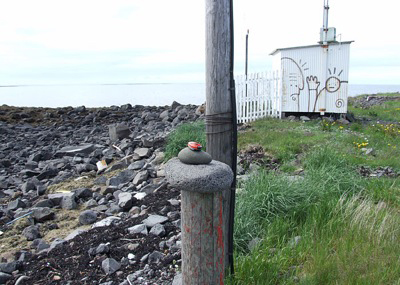 Shortly after we scattered her ashes and buried the rest, I was chanting. I had the ladybug on my altar. I suddenly got a very strong sense that my mother wanted me to take the ladybug with me as I went around my daily life. So I did. This photo journey is the making of new memories, the full circle, the forgiving — the alchemist of life changing poison into healing medicine. No one can escape death, yet we, in our modern-day life, have alienated the ritual of death from our daily lives, from our hearts, from our core being. This is my attempt to create a new ritual from an ancient one.
Shortly after we scattered her ashes and buried the rest, I was chanting. I had the ladybug on my altar. I suddenly got a very strong sense that my mother wanted me to take the ladybug with me as I went around my daily life. So I did. This photo journey is the making of new memories, the full circle, the forgiving — the alchemist of life changing poison into healing medicine. No one can escape death, yet we, in our modern-day life, have alienated the ritual of death from our daily lives, from our hearts, from our core being. This is my attempt to create a new ritual from an ancient one.
 For a young cancer patient, it’s an especially nerve-racking place.
For a young cancer patient, it’s an especially nerve-racking place. 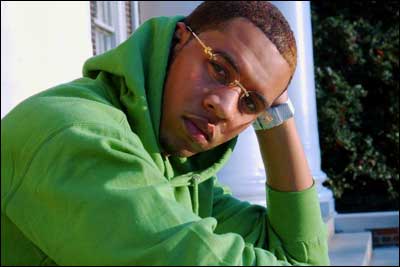
 Ghana woos its black diaspora.
Ghana woos its black diaspora. 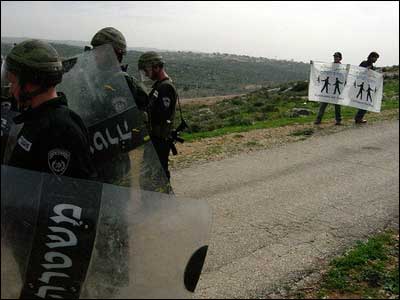

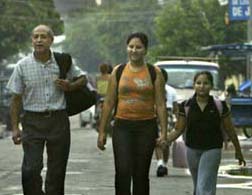
 Braving the border.
Braving the border. 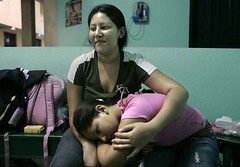

 Living with war in Beirut.
Living with war in Beirut. 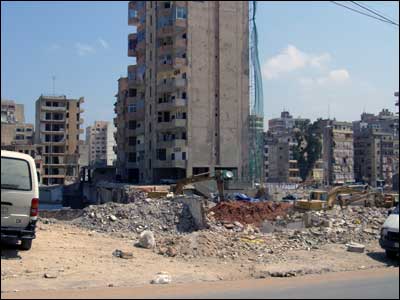
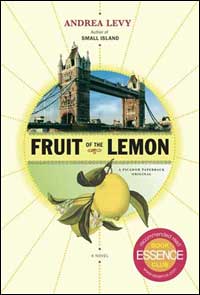
 A young woman makes the most of her confusion in Andrea Levy’s Fruit of the Lemon.
A young woman makes the most of her confusion in Andrea Levy’s Fruit of the Lemon. 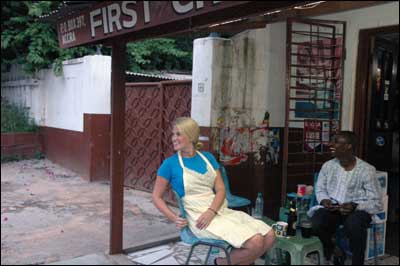
 I didn’t expect to work while studying abroad. Then the sign in the window drew me in.
I didn’t expect to work while studying abroad. Then the sign in the window drew me in.